
Soil Health & Fertilization
We unite suppliers and green industry professionals worldwide
Prickly Pear Cactus is a multipurpose, drought-tolerant plant that is a unique addition to any landscape.
By Victor Miller
|Published on September 22, 2025
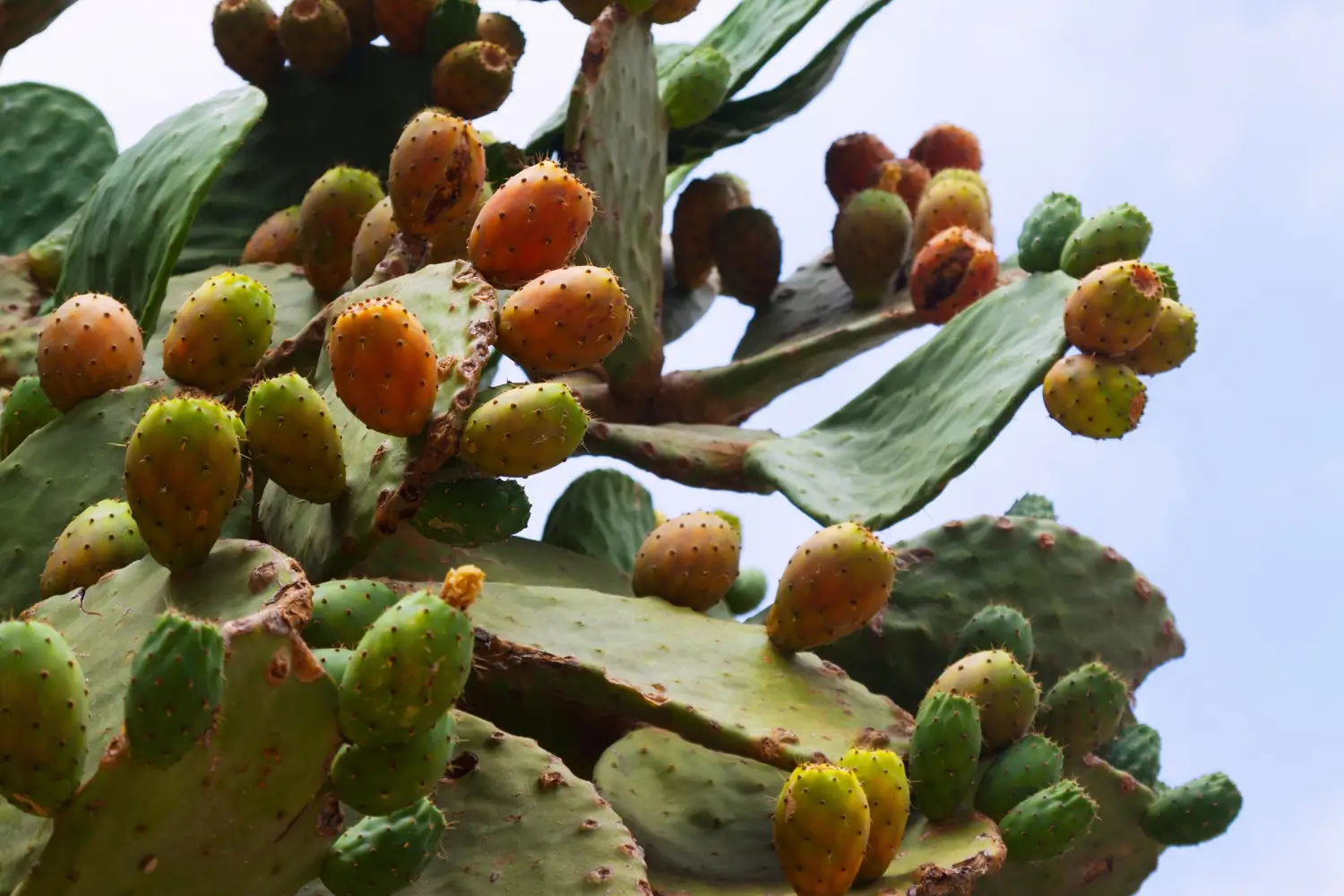

Cactus Prickly Pear is a species of Cactus, and it's a rather unique and versatile type of succulent. It occurs naturally in deserts and semi-deserts and is very well adapted to exist with very little water, so it is a perfect plant for dry areas. Prickly pear has some edibles to it, too, not just the juicy, nutritious fruit, but the pads themselves, known as nopales, that can also be cooked, grilled, or eaten in salads. It contains vitamins, minerals, fiber, and antioxidants, which make it a nutritious food source with several health advantages.
Aside from culinary use, prickly pear has been used medicinally for thousands of years to aid digestion, blood sugar balance, and hydration, through traditional medicine. Once established, this vigorous plant is extremely easy to grow and is resistant to pests while remaining highly sustainable, providing food, medicine, and even natural fencing to gardens and farms. Its versatility, yield and nutritional value have made it a darling of gardeners, farmers, and health-food cooks everywhere.
| Common name | Cactus Prickly Pear |
| Botanical name | Opuntia ficus-indica |
| Genus | Opuntia |
| Flowers | Flowers in spring/summer, fruit ripens late summer |

September 25, 2025
9 minute read
September 24, 2025
9 minute read
September 23, 2025
10 minute read
September 22, 2025
9 minute read


Join as a seller and connect with thousands of B2B buyers nationwide!
Sign Up
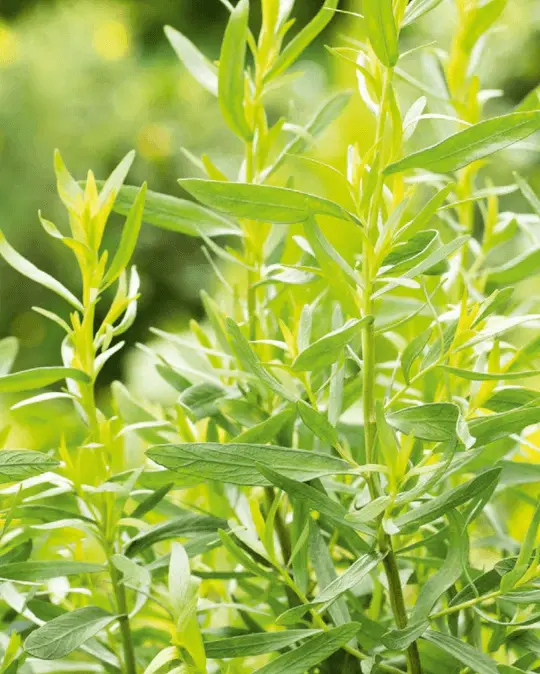
Tarragon Russian
Russian Tarragon is a tough perennial herb. It is rather valued due to its stability and versatility rather than its good taste. It has traditionally been used as a medicinal herb and filler in kitchens, and in contemporary gardens.
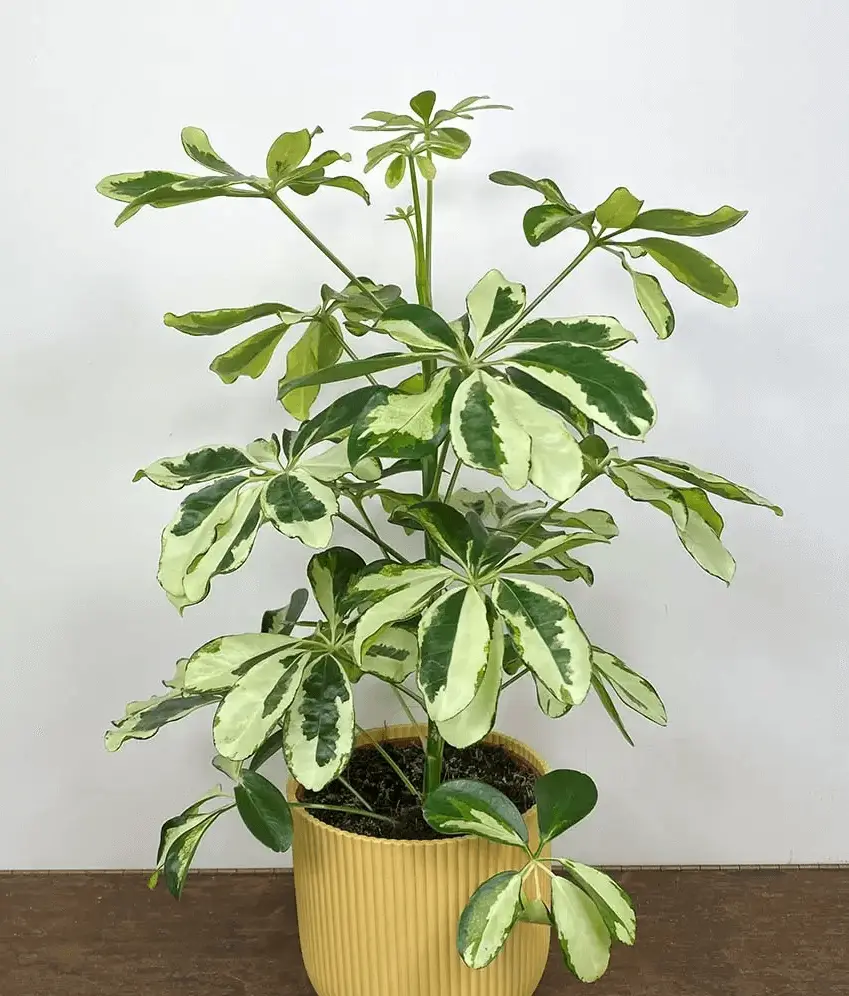
Umbrella Plant
Originally from the tropical forests of Asia, the umbrella plant (Schefflesia arboricola) is a hardy, versatile, and beautiful tropical species of plant that has become a favorite houseplant or garden accent in warmer climates.
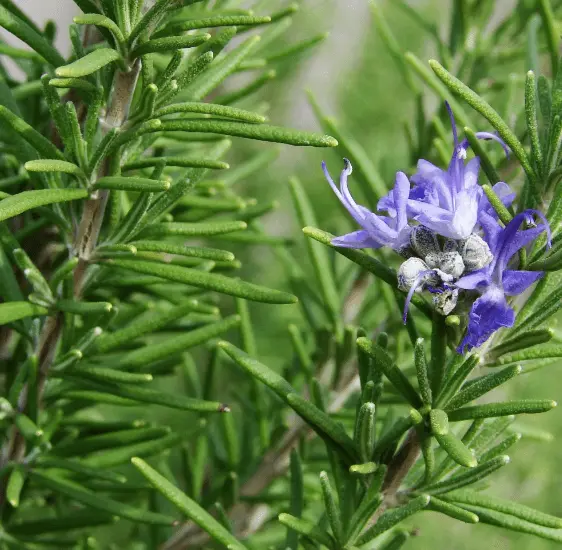
Upright Rosemary
Upright Rosemary (Rosmarinus officinalis) is one of the most popular and useful herbs in the world. This hardy species is appreciated for its aromatic leaves and stately growth, as well as in the kitchen, garden, and for its medicinal properties.
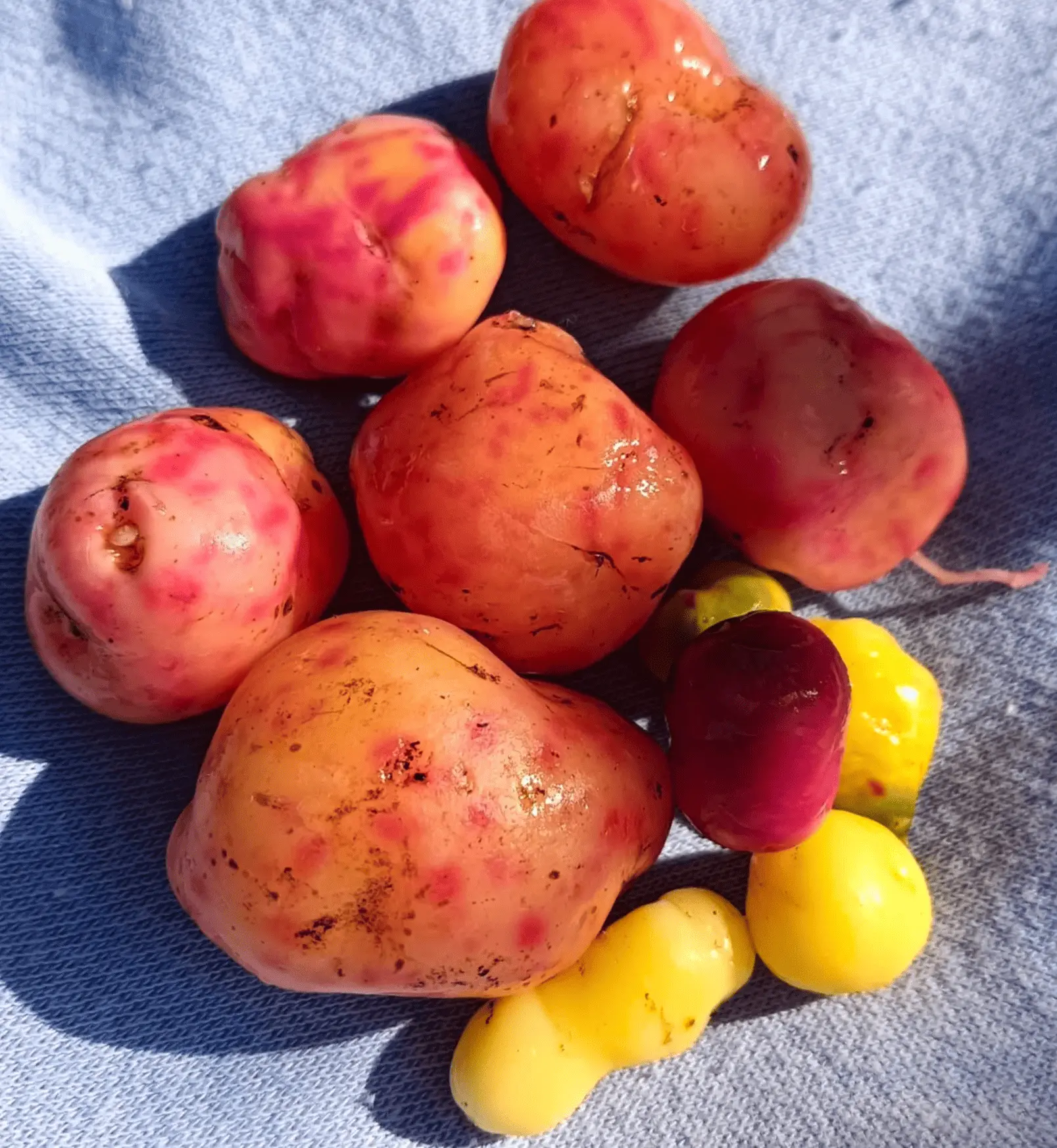
Ulluco
Ulluco is a vibrant root crop. The plant has small but vibrantly colored tubers — they can be yellow, red, pink, green, orange, or even a mix of colors (which means it’s one of the most colorful root crops in the world).
Prickly pear has been used by humans for thousands of years. Indigenous people in the Americas have long used both the pads and fruit for food and medicine. The plant is believed to help with digestion, blood sugar regulation, and hydration in arid climates. It is also used as natural fencing due to its spines. Today, it continues to be a staple in traditional diets and modern recipes.
Prickly pear fruit is consumed fresh, as juices, jams, candies, and a variety of sweets. Nopales (pads) are boiled or grilled and used in salads, soups, and stews. This plant is a symbol of resilience and multiuseness in many cultures. It's a staple in Mexican cooking and is making its presence known around the world. Prickly pear, beyond food, can be found in cosmetics, dyes, and traditional remedies.
Prickly pear as a whole is notable for having flat, rounded pads, not being tall, round and slender like most cactus pads in other groups. Its edible and sweet fruit stands out among the majority of cacti grown for ornamental purposes. The pads are edible and nutritious as well. Prickly pear is found in clumps and spreads gradually to create thickets. The delectable pads and fruit of the prickly pear cactus make it an important plant.
Prickly Pear is an interesting plant. Some species are even able to endure conditions of drought and temperature extremes. The spines deter animals, and the pads store water. Its fruit is round, sweet, and high in nutrition and may be used to make jams, candies, and drinks. Prickly pear, in some parts, is used as a natural chain link fence, for foo,d and traditional medications.
Prickly Pear does well in dry, sandy, or rocky soil. Pads store water and help the plant to live in the harshest conditions. Showy flowers attract insect pollinators. The fruit is juicy, sweet, and healthy. This slow-spreading plant grows from pads or seeds, gradually multiplying into thick clusters.
Both pads and fruit are eaten. Nopales (pads) are very commonly used in Mexican cuisine and are eaten both raw and cooked. Tunas (fruit) are consumed fresh, as juice, or jam. There are also medical applications of prickly pear, such as aiding digestion and blood sugar reduction, that have been used for generations. Cosmetics and skin-care products derive from its juice and pulp, along with natural dye products.
Prickly pear does best in well-drained sunny places. It is also similar to sunbathing and drought-tolerant plants and doesn't require much water. It has subsidence resistance and is easy to manage. It is a low, water-loving plant that flourishes in warm parts. It is susceptible to frost, but can tolerate light frost when protected. Prickly pear is slow at first, but once it’s established, it’s hardy and prolific.
Slow initial growth, hardy later. For a broader look at caring for desert-loving succulents see our cactus care guide.
Prickly pear seeds are tiny, covered with a hard shell, and oval in shape. They are enclosed inside the fruits and must be removed before planting. Seeds take a long time to germinate when provided with heat and moisture. The germ and growth capability of fresh seeds is better than that of old ones.
They’re warm soil lovers and prefer well-draining soil. Pre-soaking for 24 hours in water prior to sowing will help. It is slow to germinate, between 2-4 weeks at different temperatures. Young plants should be sheltered from the full sun until they arrive.
Prickly pear seeds should be stored for a year or two in a cool, dry location. The stronger the seed, the stronger the plant. Fresh seeds would provide better germination and early growth. Strong seedlings germinate fast;they dry down equally and are tolerant to unfavorable conditions.
Strong seedlings survive better
The seeding, pad, or grafting is a common means of introducing Opuntia from a prickly plant. Its colonies grow in sandy soil with little water. Cuttings will root even if placed flat or upright. Grafting of one variety on another may, however, sometimes result in similar traits together.
The paddles of prickly pears are ready for harvesting after 1-2 years of planting. In such favorable growing conditions, the production of fruits is reached 3–4 years after planting. Regular harvesting encourages new growth. Care must be used not to touch spines when picking up pads and fruit.
When stored in the fridge, prickly pear pads can last up to 1-2 weeks. Fruit will keep 1–3 weeks, depending on ripeness. Remove spines before handling. Pads and fruit can be turned into jams, jellies, and juices, or dried for extended storage.
Can be processed into jams, juice, or dried
Prickly Pear Cactus is a multipurpose, drought-tolerant plant that is a unique addition to any landscape. It's found in desert souks, is virtually maintenance-free, and is packed with nutrients. Both the nopales (the pads themselves) and the tunas (the fruit) are employed for food, medicine, and yes, even cosmetics. Resilient, productive, and healthy, it is a precious plant around the world.
Both the pads (nopales) and fruit (tunas) are edible.
Fruit usually appears 3–4 years after planting.
Yes, it is highly drought-tolerant.
Refrigerate for 1–2 weeks for pads, 1–3 weeks for fruit.

Soil Health & Fertilization
Victor Miller

Pest Identification & Prevention
Victor Miller

Lawn Care Tips & Maintenance
Victor Miller

Soil Health & Fertilization
Victor Miller

Smart Irrigation Systems
Victor Miller

Patios, Walkways & Driveways
Victor Miller

Soil Health & Fertilization
Victor Miller

Pest Identification & Prevention
Victor Miller
My Account
Our team is always here to help.
We are open Monday - Friday, 9:00 AM to 4:30 PM PST.